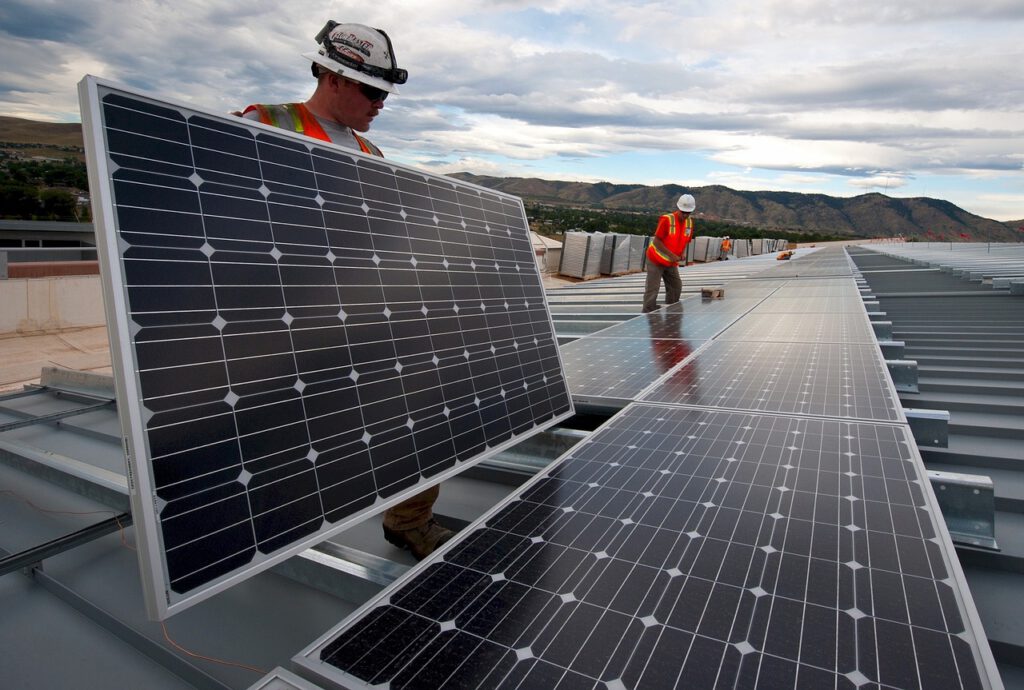Energy Cuts have the potential for more money to be pumped into our education system

Educational bodies and services across the UK recently welcomed news that public sector workers – teachers amongst them – would benefit from a wage increase across the year 2020 – 2021.
Teachers, specifically, will receive a 3.1% wage increase year on year, meaning that they will benefit from the Chancellor’s latest boosts more than any other group.
This is likely to be a huge boon to those teachers who have needed to adapt to shaky school scheduling amid COVID-19. However, there is the potential for more money to be pumped into our education system.
“It’s of course great news that our hard-working teachers and tutors are receiving a large wage increase,” Mark Sait, CEO for SaveMoneyCutCarbon says.
“However, there are more than a few additional ways for extra funds to find their way into education.”
“Small changes can be made by all schools and colleges to create safer, more efficient energy choices”.
“Our team has seen educational bodies waste thousands of pounds unnecessarily on outdated electricity and water systems,” he says.
“Energy expenditure per pupil, per school will vary. However, figures suggest that secondary schools are likely spending up to £65 per student in terms of electric, gas and water. This is a figure which can be drastically slashed, providing bodies are willing to make reasonable changes.”
SaveMoneyCutCarbon’s main focus lies in helping public bodies save money on unnecessary energy wastage, as well as to offer general energy savings advice to the public. They have extensive experience in consulting with the leisure and education spheres, in one case helping Eton College to reduce electricity rates through simple fixture swaps.
“There are many ways that schools could, and should be able to save more money,” Sait explains. “We continue to see examples of schools and their boards using outdated light bulbs and tubes. It is a simple enough switch to use LED lighting, which is just as effective, and which runs at a fraction of the cost of ‘energy-saving’ technology.”
One of SaveMoneyCutCarbon’s core missions is to show people, and bodies, how easy it is to save money by only making small changes to their daily routines and general fittings.
“It is not difficult for schools to make worthwhile changes to the way they expend energy,” Sait observes. “We understand that school boards are likely to want to keep processes as simple as possible. We completely support this – and with a little research, they will see that changing lighting standards is cost-effective and completely painless.”
“Not only that, but it’s also hugely beneficial, and straightforward, to rethink school plumbing on a more efficient basis. Outdated cisterns in schools are wasting vast amounts of water. Coupled with electricity wastage, making a few small changes could release 20% of the money schools spend on energy year on year.”
Sait believes that, as this money is reportedly simple enough to release, funds could easily repurpose across staff wages and educational facilities.
“Our schools are crying out for as much financial support as possible. Yes – the fact that teachers are getting raises in the year to come is wonderful news – but their employers could be freeing up even more money to put to better use if they look into the facts.”
“Crucially, this is our concern – that public bodies, and everyday people, simply assume that saving money on energy means having to make large, awkward changes to their lives and daily running. We are not suggesting that schools ever have to go beyond their means.”
“We feel, collectively, that the government – and energy regulators – should give the public sector more choice when it comes to saving money on electricity, gas and water. If nothing else, they should offer these bodies information on how they can make small changes that cut down on emissions and which drive down costs.”
“Energy conservation, and the economic benefits, start with clear education and messages. Pay rises will come and go – but by saving money on energy, schools will effectively future-proof themselves against potential spikes in prices for years to come.”











Responses